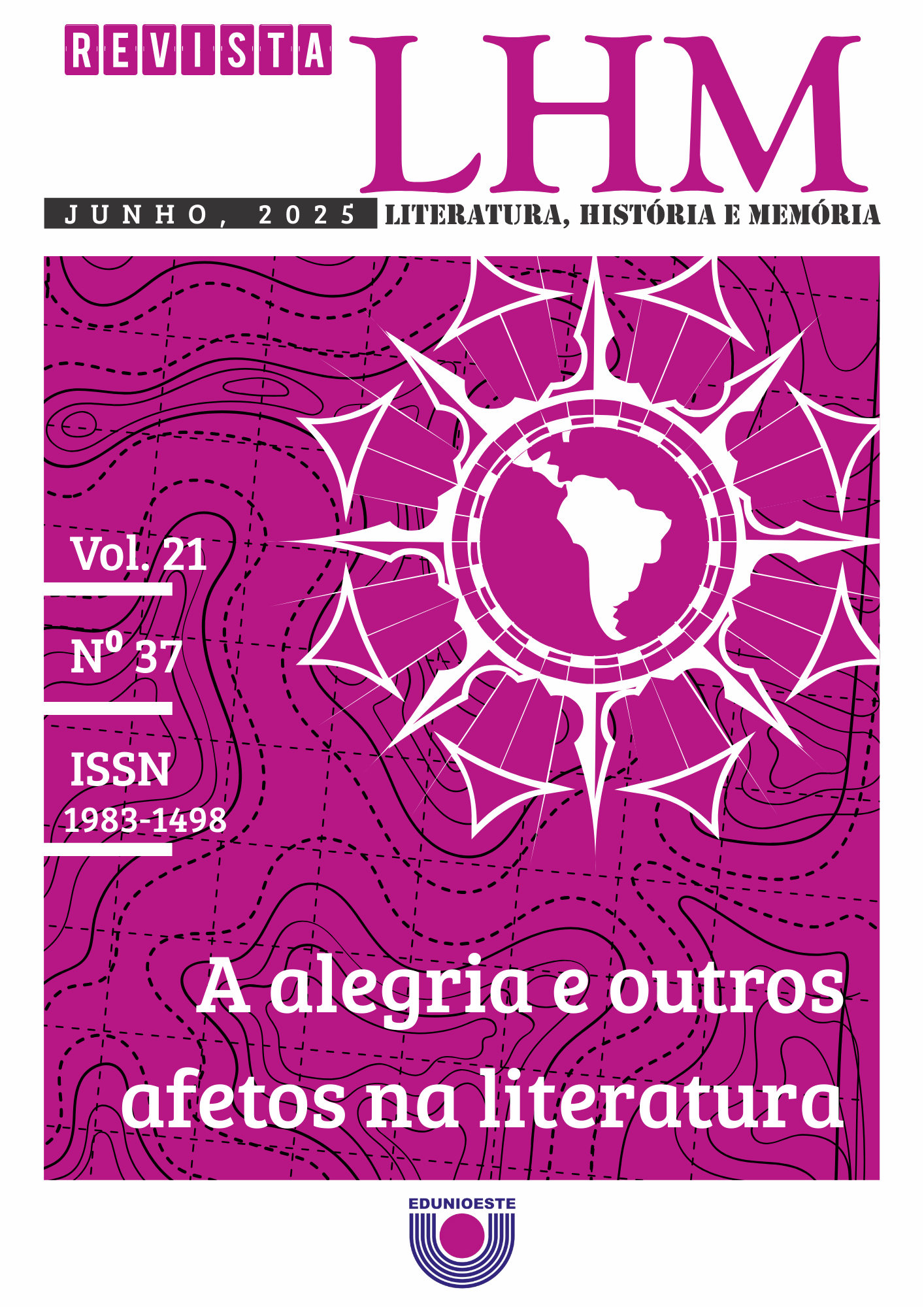O Mice and Tyrants
Power Relations in Of Mice and Men
DOI:
https://doi.org/10.48075/rlhm.v21i37.35169Resumen
Many are the studies on the novel Of Mice and Men across the last decades (Belk; Wallendorf, 2012; Meyer, 2009; Mehmet, 2016; Ganiyeva; Rajabova, 2023; Lisca, 1956). However, we’ve decided to re-examine the issue from a fresh perspective. Norton’s Identity Theory (1997, 2000, 2013) provides a holistic framework for understanding the interplay of identity, power, investment, and imagination in the novel. Of Mice and Men is an American novel written by John Steinbeck and published in 1937. The book follows the path of a pair of ranch workers, George and Lennie, while they try to find jobs in the rural lands of California during the Great Depression.The ranch workers of the novel, besides the main characters, Lennie Small and George Milton, are Candy, Slim, Crooks, Carlson, and Whit. Therefore, we do not focus our analysis on the main characters, but on the interrelationship between all novel’s characters. Power relations, discrimination, misogyny are all found in the novel and analyzed through Norton’ (1997) lenses. In conclusion, the novel depicts power in many ways between the characters. Whether due to gender, race, respect, capital or emotions, the relationships between them happen with a form of authority over the other, there being an imbalance in the way each one connects.
Descargas
Publicado
Cómo citar
Número
Sección
Licencia

Esta obra está bajo una licencia internacional Creative Commons Atribución-NoComercial-CompartirIgual 4.0.
Aviso de Direito Autoral Creative Commons
Política para Periódicos de Acesso Livre
Autores que publicam nesta revista concordam com os seguintes termos:
1. Autores mantém os direitos autorais e concedem à revista o direito de primeira publicação, com o trabalho simultaneamente licenciado sob a Licença Creative Commons Attribution que permite o compartilhamento do trabalho com reconhecimento da autoria e publicação inicial nesta revista.2. Autores têm autorização para assumir contratos adicionais separadamente, para distribuição não-exclusiva da versão do trabalho publicada nesta revista (ex.: publicar em repositório institucional ou como capítulo de livro), com reconhecimento de autoria e publicação inicial nesta revista.
3. Autores têm permissão e são estimulados a publicar e distribuir seu trabalho online (ex.: em repositórios institucionais ou na sua página pessoal) a qualquer ponto antes ou durante o processo editorial, já que isso pode gerar alterações produtivas, bem como aumentar o impacto e a citação do trabalho publicado (Veja O Efeito do Acesso Livre).
Licença Creative Commons
Esta obra está licenciada com uma Licença Creative Commons Atribuição-NãoComercial-CompartilhaIgual 4.0 Internacional, o que permite compartilhar, copiar, distribuir, exibir, reproduzir, a totalidade ou partes desde que não tenha objetivo comercial e sejam citados os autores e a fonte.


